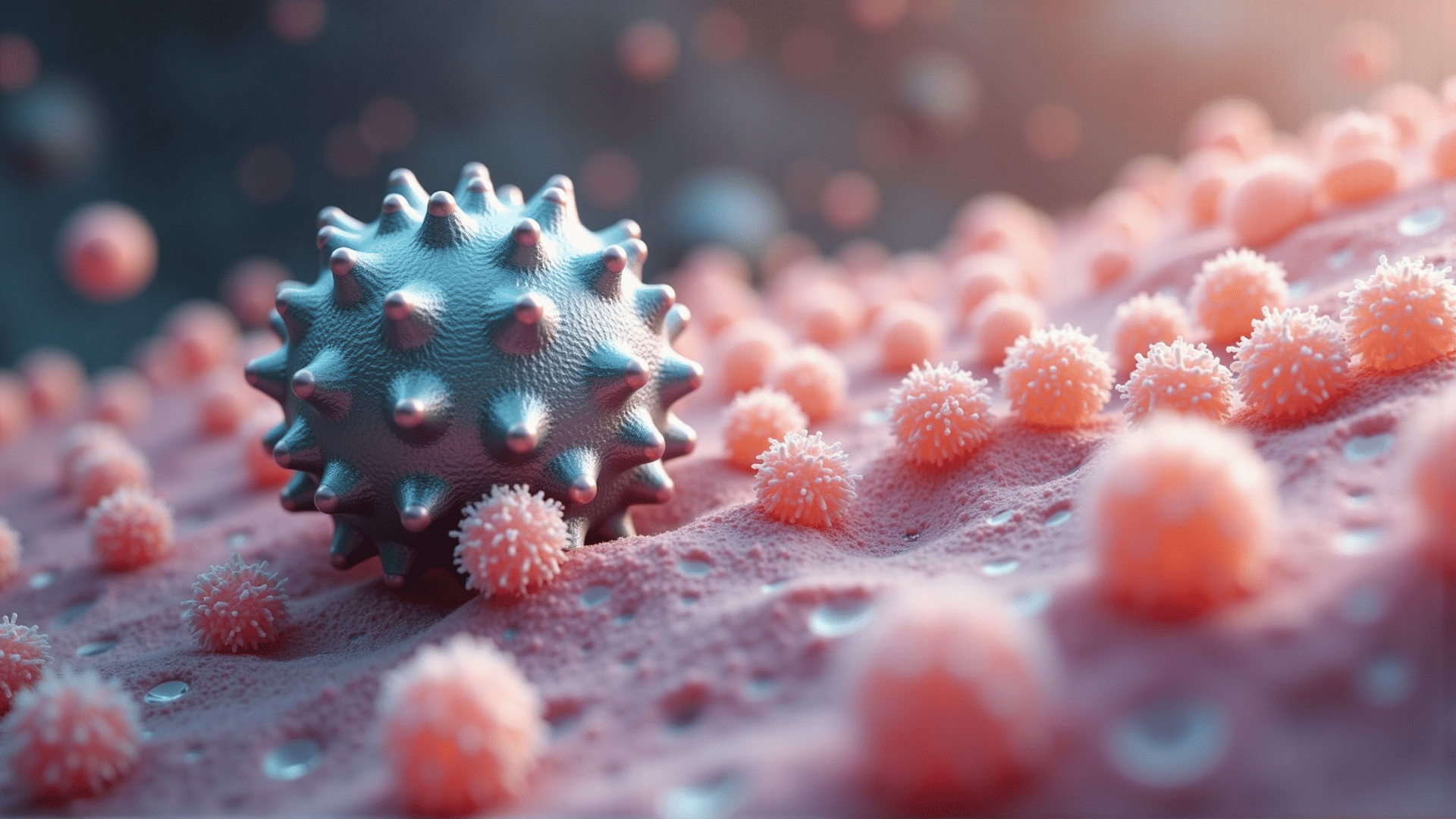In the evolving landscape of medical science, the advent of nanoparticles in drug delivery heralds a new era of precision and efficacy. Traditionally, administering drugs has often been accompanied by systemic side effects, reducing the overall efficacy of treatments. However, with the integration of nanotechnology, a paradigm shift is underway, focusing on maximizing therapeutic outcomes while minimizing adverse effects.
Nanoparticles, typically ranging in size from 1 to 100 nanometers, provide an innovative platform to overcome many challenges faced by conventional drug delivery systems. These engineered particles can be designed to deliver various therapeutic molecules, including small molecule drugs, proteins, and nucleic acids. Their small size and customizable surface properties allow for enhanced permeability and retention effect in tissues, particularly in targeting tumor sites, leading to more effective treatment regimens.
A significant advantage of nanoparticle-based drug delivery systems is their ability to improve the bioavailability of drugs. Many therapeutic compounds suffer from poor solubility and stability, leading to inefficient absorption and rapid clearance from the body. Nanoparticles can encapsulate these drugs, protecting them from degradation while enhancing their solubility and stability, thereby improving the drug's overall bioavailability and therapeutic impact.
Furthermore, nanoparticles have the unique capability for targeted delivery. By functionalizing the surface of nanoparticles with specific ligands or antibodies, they can be directed to bind exclusively to disease-specific cells or tissues. This targeted approach not only enhances drug efficacy by concentrating the drug action at the desired site but also significantly reduces the potential for systemic side effects, a common hurdle in traditional therapies.
For instance, in cancer therapy, the ability of nanoparticles to selectively target tumor cells while sparing healthy tissue represents a monumental leap forward. This targeted delivery reduces the necessary dosage and frequency of chemotherapy, lessening the burden of side effects on patients. Such precision medicine approaches can lead to higher therapeutic indices and improved patient quality of life.
Moreover, nanoparticles provide a means for controlled and sustained release of drugs. Through engineering certain physical and chemical properties, nanoparticles can be tailored to release their payload gradually over time. This prolongs the therapeutic effect and can reduce the frequency of drug administration, leading to better patient compliance.
The application of nanotechnology in drug delivery extends beyond cancer treatment to numerous other fields such as cardiovascular diseases, infectious diseases, and neurological disorders. For example, in the treatment of neurodegenerative diseases, nanoparticles can be engineered to cross the blood-brain barrier, a significant obstacle in delivering medicines effectively into the brain.
Despite the promising potential, the integration of nanoparticle-based systems in clinical practice does face challenges. Issues such as manufacturing scalability, regulatory hurdles, and understanding long-term biocompatibility and toxicity need to be addressed. Ongoing research and development efforts are crucial to overcoming these barriers, with growing collaborations between researchers, clinicians, and the pharmaceutical industry accelerating progress.
In conclusion, the use of nanoparticles in drug delivery represents a transformative step in modern medicine. By achieving site-specific delivery and overcoming traditional pharmaceutical delivery limitations, nanotechnology has the potential to revolutionize therapeutics, offering more personalized and effective treatment options with fewer side effects. As research continues to advance, the full potential of nanoparticle-based drug delivery systems will likely unfold, paving the way for a future where treatments are as precise and individualized as the diseases they aim to conquer.
